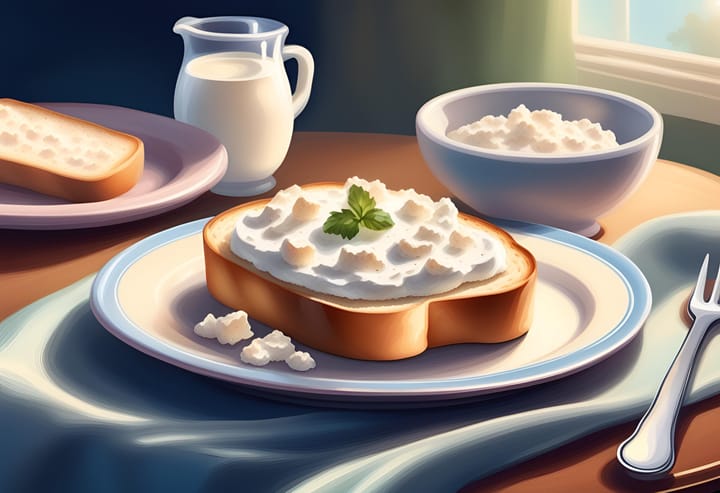Imitation vs. Pure Vanilla: Which One Is Better?

Walking through the supermarket baking aisle can be overwhelming with the array of vanilla options available. From imitation vanilla flavor to pure vanilla extract, vanilla beans, and vanilla paste, each product serves a distinct purpose in your kitchen. But how do you know which to use and when? Here’s a breakdown to help you decide—and save money—when baking or cooking.
Why Vanilla It So Special?
Vanilla, derived from the pods of an orchid plant, has been enhancing recipes since the 17th century. It’s a natural flavor enhancer, amplifying the flavors of whatever it’s paired with—similar to how salt works. For example, chocolate cakes with vanilla often taste even richer.
Imitation vanilla and pure vanilla extract are the most common options on store shelves, but there are also other choices, each with unique properties.
Pure Vanilla Extract
Pure vanilla extract contains three key ingredients: vanilla beans, water, and alcohol. The alcohol helps extract the flavor from the beans. According to FDA regulations, vanilla extract must have at least 35% alcohol and 100 grams of vanilla beans per liter.
Due to the rarity and difficulty in harvesting vanilla beans, pure vanilla extract is pricier, costing around $5 to $6 per ounce. Some brands include sugar to keep the extract emulsified, which is acceptable as long as it doesn’t alter the flavor.
Best Uses: Pure vanilla extract works wonderfully in cakes, cookies, pies, muffins, and even savory recipes like marinara sauce to balance acidity.
Imitation Vanilla
Imitation vanilla gets its flavor from vanillin, a compound found naturally in vanilla beans but also synthetically created. At $0.10 to $0.30 per ounce, it’s far more affordable than pure vanilla. Made from sources like lignin (a plant fiber), clove oil, and pine bark, imitation vanilla is a popular choice for budget-conscious bakers.
Best Uses: Imitation vanilla works perfectly in oven-baked goods like cookies and cakes, where the differences in flavor are virtually undetectable.
Vanilla Bean Paste
Vanilla bean paste combines pure vanilla extract with specks of real vanilla beans, giving it a thick, honey-like texture. This paste, priced between $25 and $40 per jar, is perfect when you don’t want to thin out batters or frostings.
Best Uses: It works well in high-end desserts, like custards, or as a replacement for simple syrup in cocktails.
Vanilla Beans
Vanilla beans are harvested in Madagascar, Tahiti, and Mexico, each region producing beans with distinct flavor profiles. At $2 to $3 per bean, they’re the most expensive but also the most authentic option. Scrape out the seeds for recipes, and don’t toss the leftover pods—they can be used to make infused sugars or alcohol.
Best Uses: Opt for vanilla beans in recipes that call for visible vanilla flecks, like ice cream or panna cotta, to enhance both flavor and presentation.
Pure Vanilla or Imitation Vanilla?
- Oven-Baked Goods: Cakes, cookies, and muffins can be made with either pure or imitation vanilla without a noticeable difference in taste.
- Low-Heat or No-Bake Desserts: For puddings, pastry creams, and icings, pure vanilla extract or paste is best to achieve the most authentic flavor.
Now that you’re familiar with the different vanilla options, choosing the right one for your next recipe is easy. Whether you’re baking a cake, stirring a pudding, or crafting a creamy frosting, the right vanilla will elevate your creation. So grab your apron and whip up something sweet!
Source: Better Homes & Gardens. October 21, 2024.



Comments ()